Well-known author and historian Nick Veronico has recently co-published his second book of the Wreckchasing series titled Wreckchasing 102: Exploring Military and Commercial Aircraft Crash Sites. It teaches the basics of how to research an aircraft mishap, how to document one’s findings, and how to locate an aircraft’s final resting place both civil and military aircraft are covered. The first book Wreckchasing 101 is available at this link.
This second book is a collaborative effort with other subject experts and historians including Ian E. Abbott, Jeff Christner, Ed Davies, Craig Fuller, David L. McCurry, Michael H. Marlow, Tony Moore, James Douglas Scroggins III, Scott A. Thompson, and David Trojan.
Wreckchasing is the researching, location, and documentation of aircraft crashes and crash sites that occurred before 1970. As the nation’s population expands, we are often encroaching upon historic aircraft crash sites. It is the job of the ‘wreckchaser’ to locate and document these sites before they are scavenged by recyclers or built upon by developers.
Who wreckchases? Every major aviation museum has or is actively locating crash sites for potential exhibits or restorations. Institutions ranging from the National Air and Space Museum, the Air Force Museum, the National Museum of Naval Aviation to the Royal Air Force Museum and the Imperial War Museum have recovered aircraft from the wilds and either restored or displayed their finds. One of the most poignant examples of wreckchasing is located at the world-class Air Museum – Planes of Fame in Chino, California. The museum displays the only complete Mitsubishi G4M “Betty” bomber in a setting depicting the way it was located in the jungle. Many of the Grumman F4F Wildcats and Douglas SBD Dauntless dive bombers on display today were recovered from Lake Michigan years after training crashes sent them to rest on the murky bottom.
Finding a historic aircraft crash site is 95 percent research and five percent fieldwork. Wreckchasing 102 is the continuation of the Wreckchasing series. Wreckchasing 101 discussed how to research aircraft crash sites and the many resources available while Wreckchasing 102 presents 16 stories for the armchair adventurer, taking them from the mountains and deserts of the United States to a forest outside Paris, France. Historic aircraft types range from commercial Boeing 247s to DC-3s, C-46s, and DC-10s, fighter aircraft such as the P-39 and P-51 to the F-86 and F-100 jets, and large bombers and patrol planes including the B-17, B-1A, and P-3 Orion. The accident and decades later search for these aircraft are told in detail, with 16 chapters with more than 200 black and white photos.
Nicholas A. Veronico is an independent scholar, historian, and author. Collaborating with several of today’s most respected subject matter experts he has written or co-authored more than 45 books on a wide range of transportation, military, and local history subjects. You can learn more about Nick’s work and his books at THIS LINK.







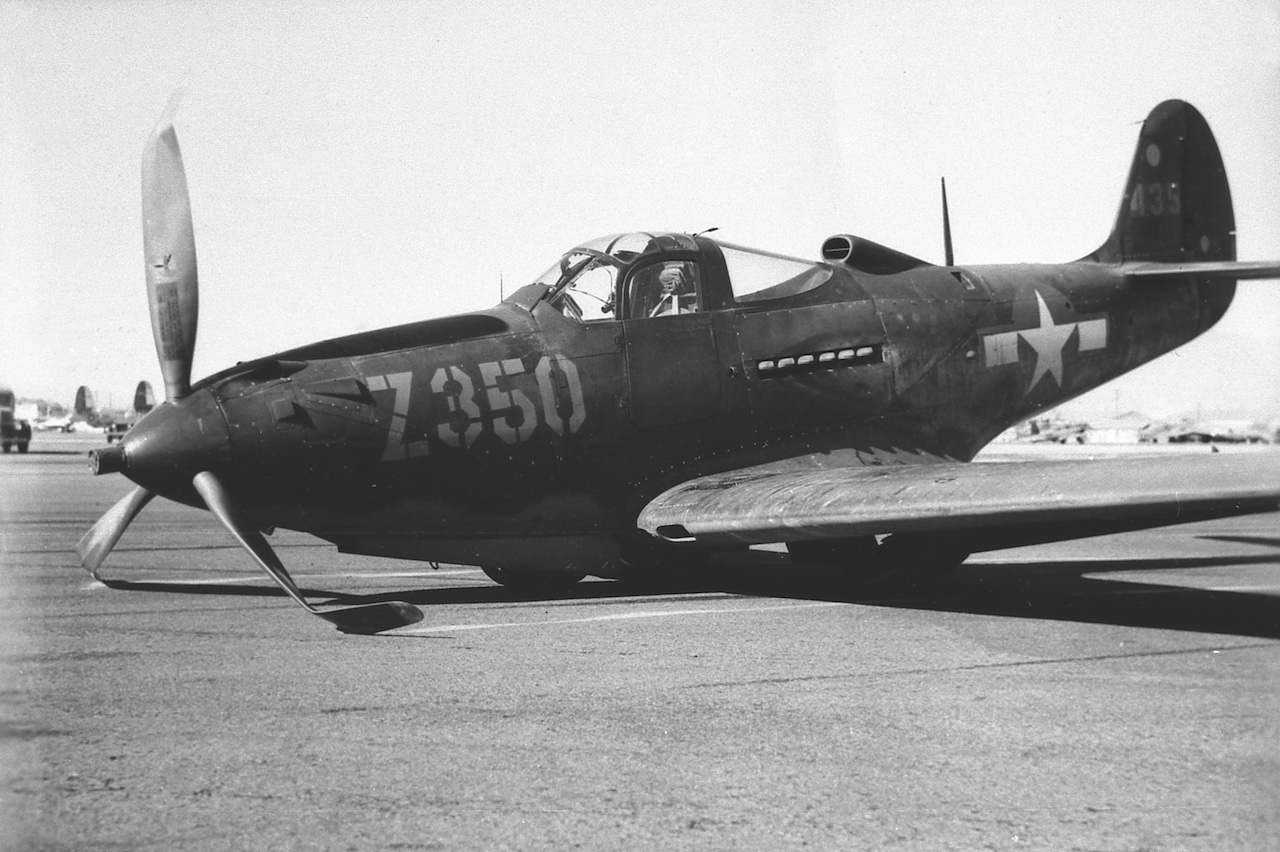

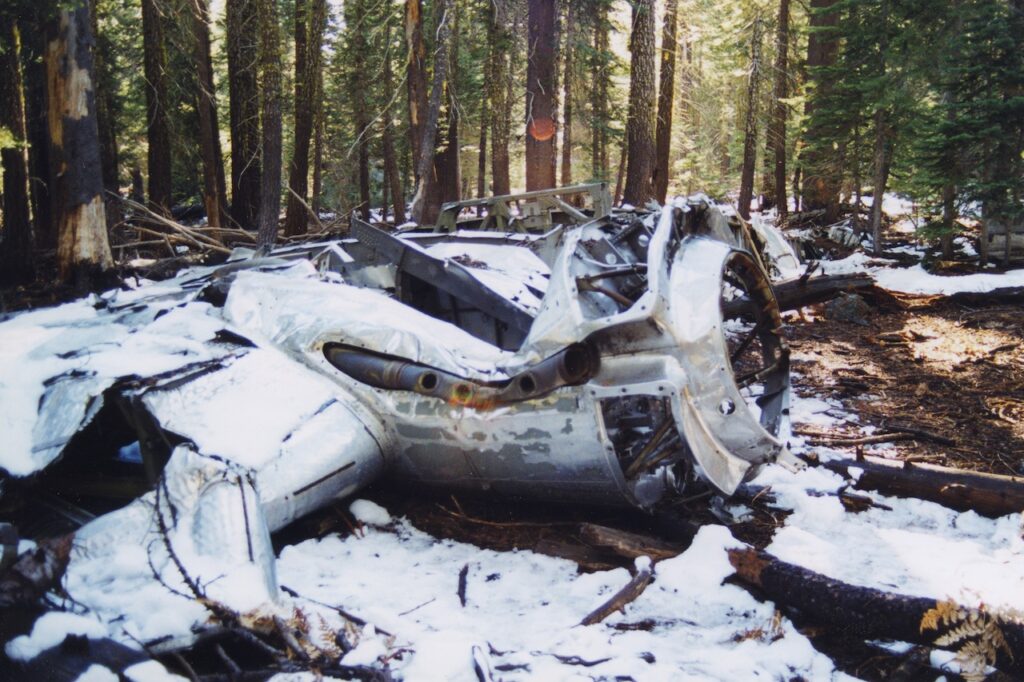
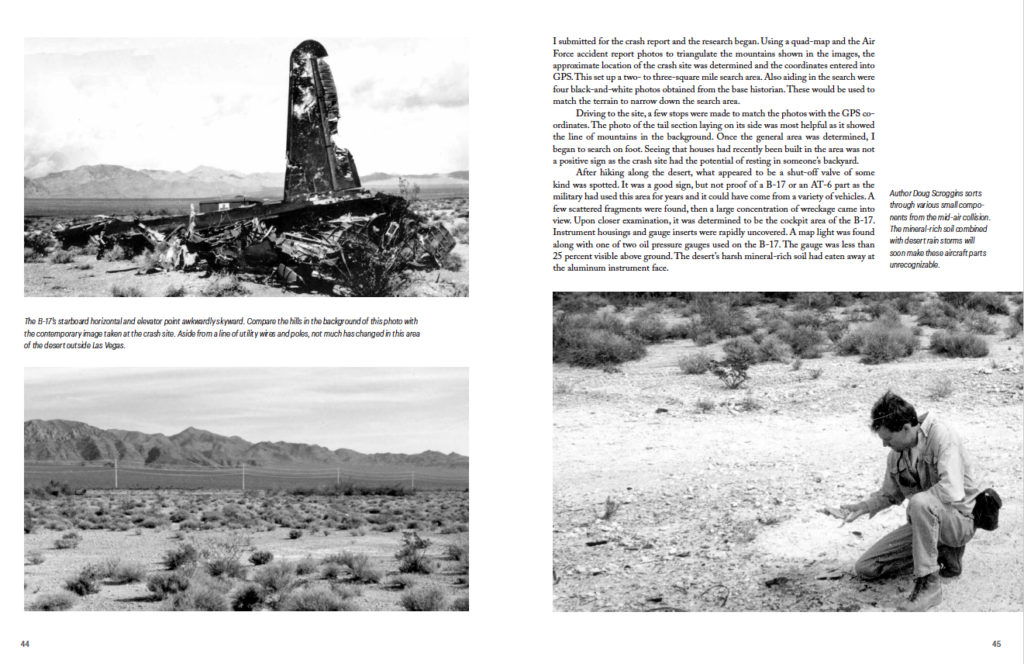
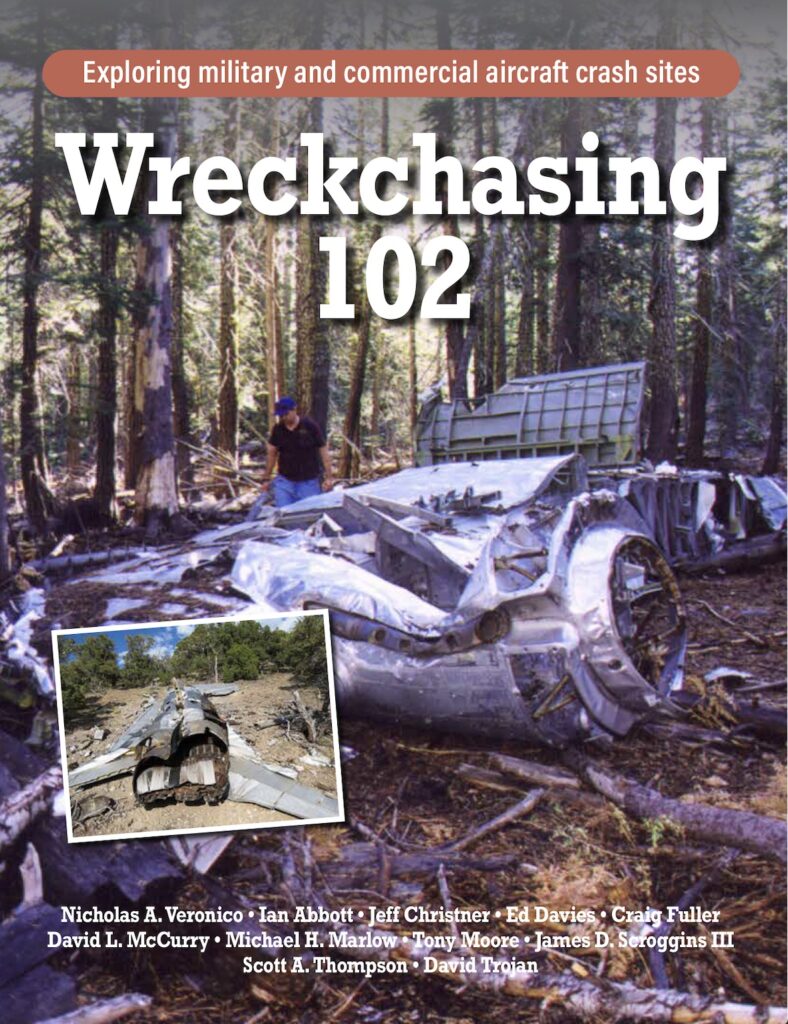
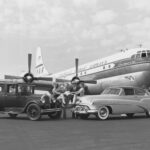
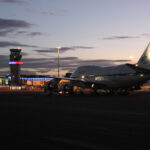
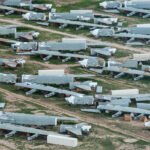
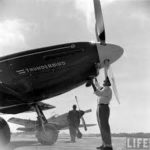
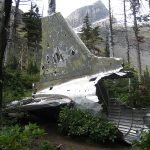


![Pima Air and Space Museum R5O Restoration Update 13 Only minor work remains to be carried out before the R5O is placed on outdoor display at the Pima Air and Space Museum. [Photo by Casey Asher]](https://vintageaviationnews.com/wp-content/uploads/Pima-Air-and-Space-Museum-R5O-Restoration-Update_3-150x150.jpg)













